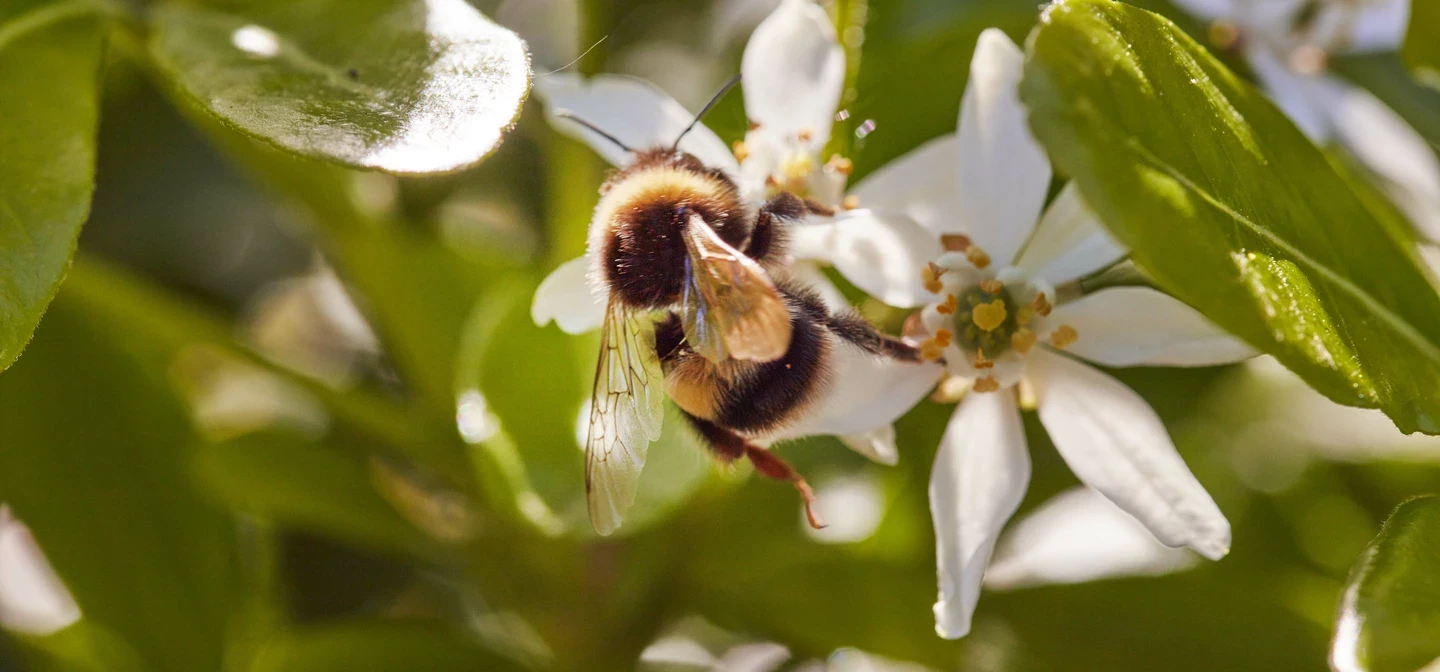
Plants for a Purpose - spring 2025
Every season, new planting at Victoria Gate in Hyde Park will highlight a different purpose for plants – from food to medicines to textiles and dye.
Last summer, we looked at plants that are used for food production, including Emset and Amaranth.
This spring, the garden beds feature plants that highlight our reliance on the work of pollinators, and the importance of increasing nectar sources year-round.
Pollinator-friendly planting
Pollinators, such as bees, butterflies, moths, wasps and hoverflies, help carry pollen between plants, allowing a plant to become fertilised and produce fruits and seeds - an essential part of the lifecycle of much of the food we need to survive.
Nectar is essential to most pollinators, giving them the energy to fly to find a mate, or to start a nest. Pollen is gathered by bees to feed their young, and help them grow.
Different pollinators have co-evolved alongside the plants that they feed from, emerging around the same time that these traditionally come into flower. Climate change can create a mismatch between when a pollinator emerges after winter, and when their usual nectar sources are in flower. Milder autumns can also keep pollinators out flying for longer into the season.
This means that when gardening with pollinators in mind, it is important that we offer a continuous source of nectar and pollen for as much of the year as possible.
Let’s take a look at the different nectar sources found at Victoria Gate this winter.
Lonicera fragrantissima
The winter honeysuckle flowers from November to February, attracting winter-active bumblebees.
Flowers: November to February
Attracts: winter-active bumblebees
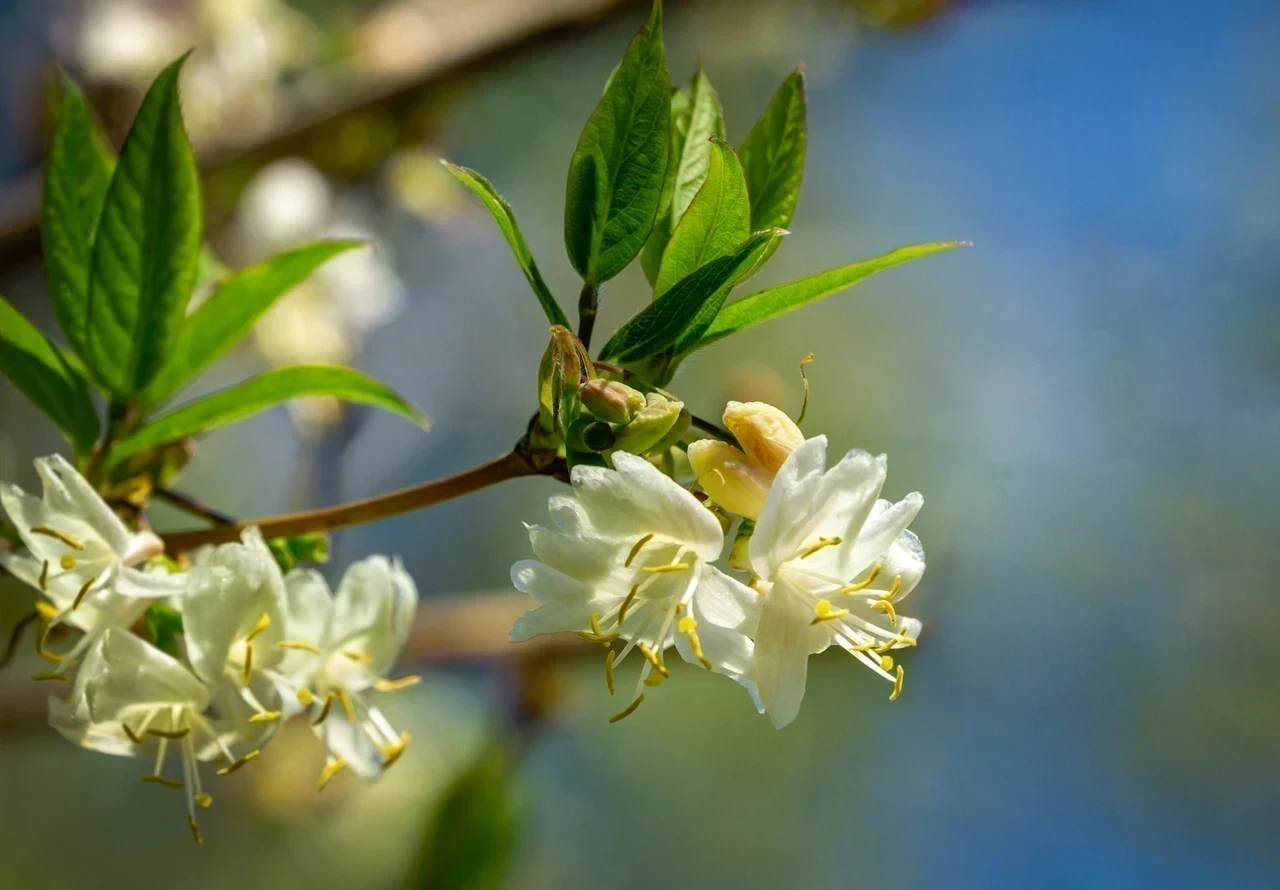
Mahonia x media ‘Charity’
This upright evergreen shrub flowers from November to March, with nectar and pollen-rich flowers for pollinators, and seeds for birds.
Flowers: November to March
Attracts: bees, birds

Tiarella ‘Spring Symphony’
This flowers in late spring and early summer, and attracts a number of pollinators, including hoverflies, honeybees and ladybirds.
Flowers: late spring
Attracts: hoverflies, honeybees, ladybirds
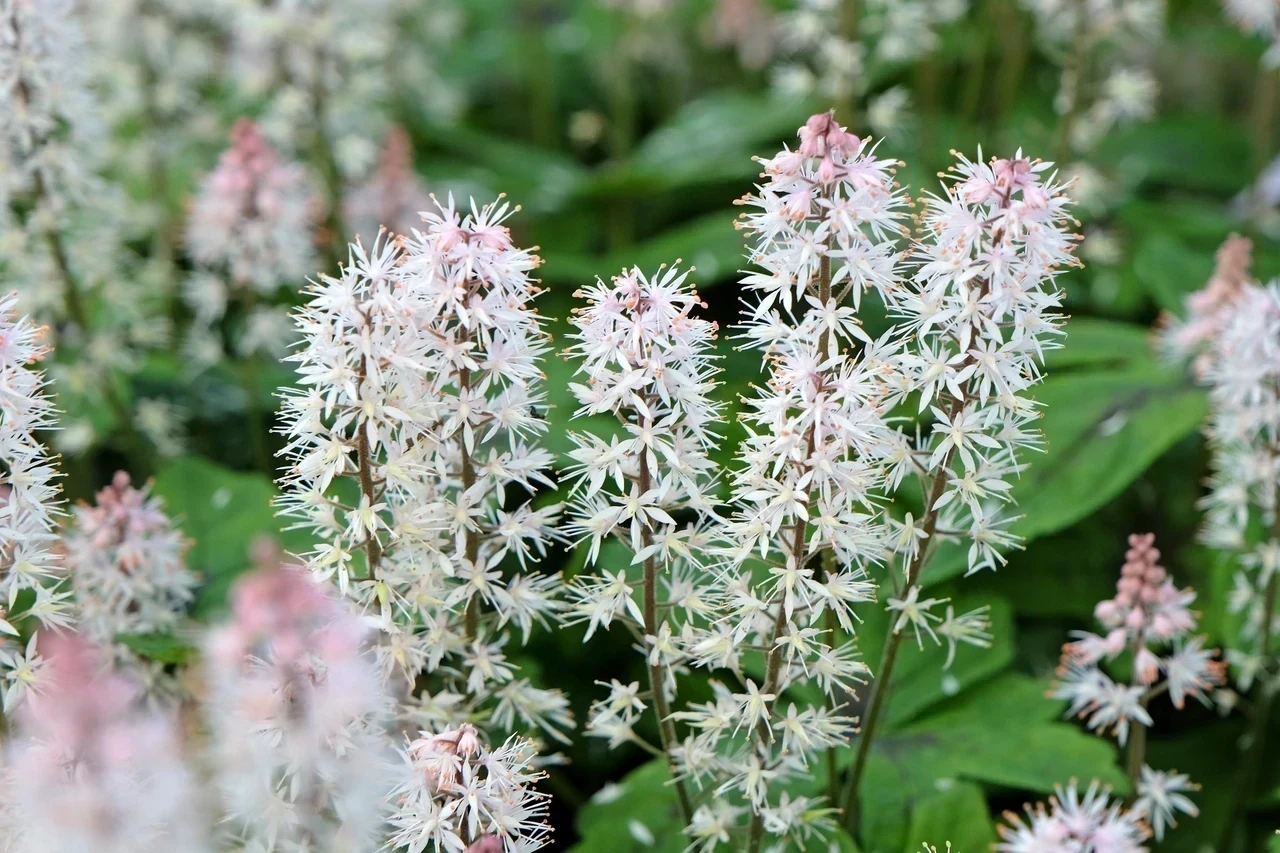
Pulmonaria 'Trevi Fountain'
Lungwort ‘Trevi Fountain’ flowers in mid-to-late spring, when it produces blue bell-shaped flowers.
Flowers: mid-to-late spring
Attracts: bees
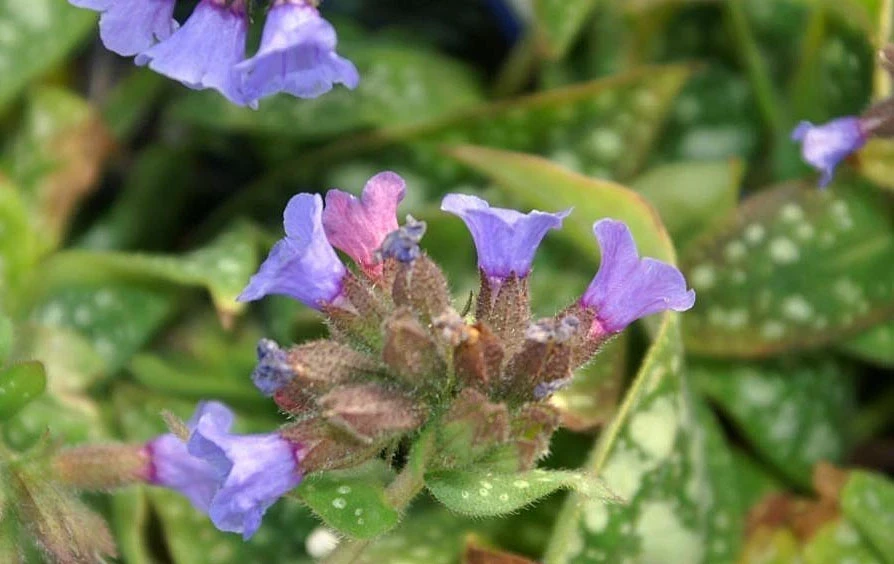
Edgeworthia chrysantha ‘Grandiflora’
This plant flowers from January to March, and is popular with bees and butterflies.
Flowers: January to March
Attracts: bees, butterflies
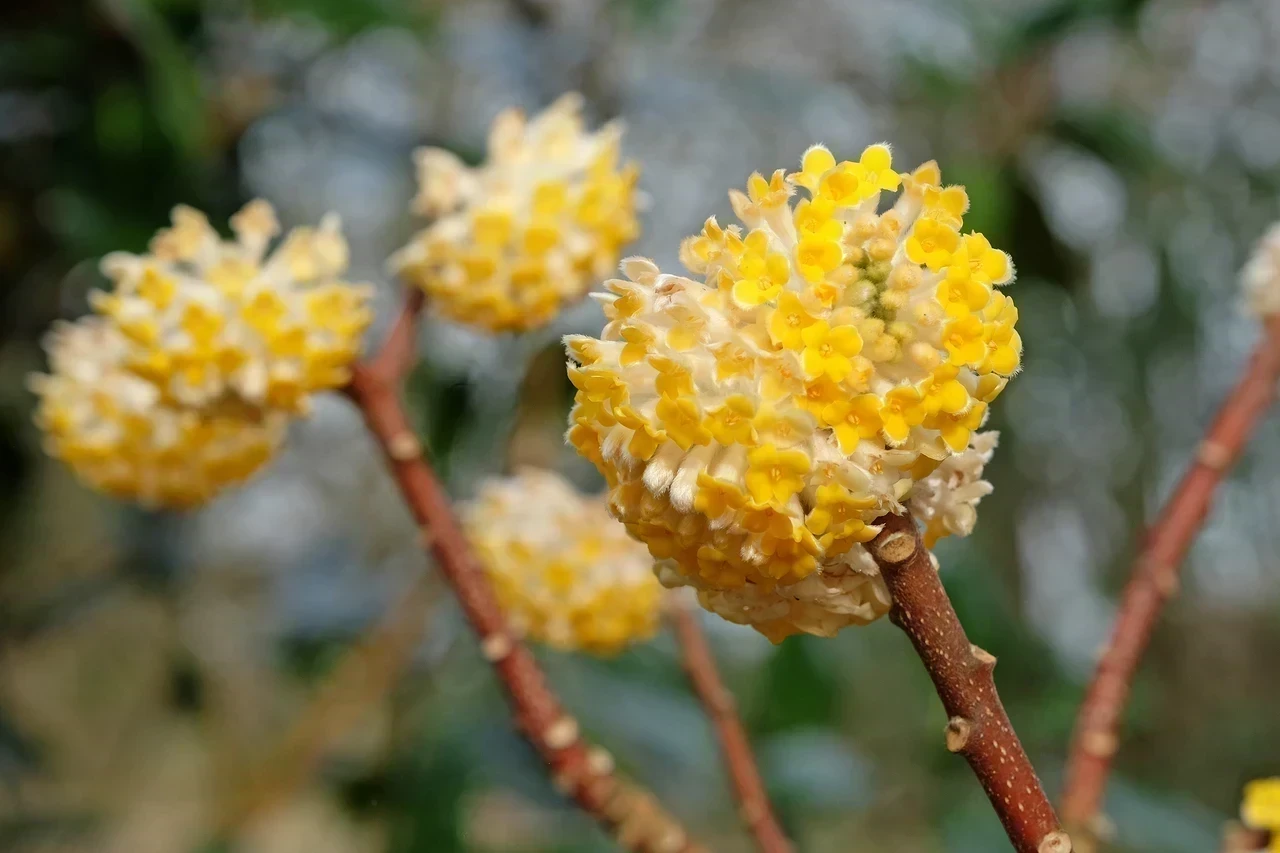
Crocus tommasinianus
The woodland crocus, or early crocus, flowers from February to April and is loved by bumblebees. On gloomy days, queens will cling to unopened flowers.
Flowers: February to April
Attracts: bumblebees
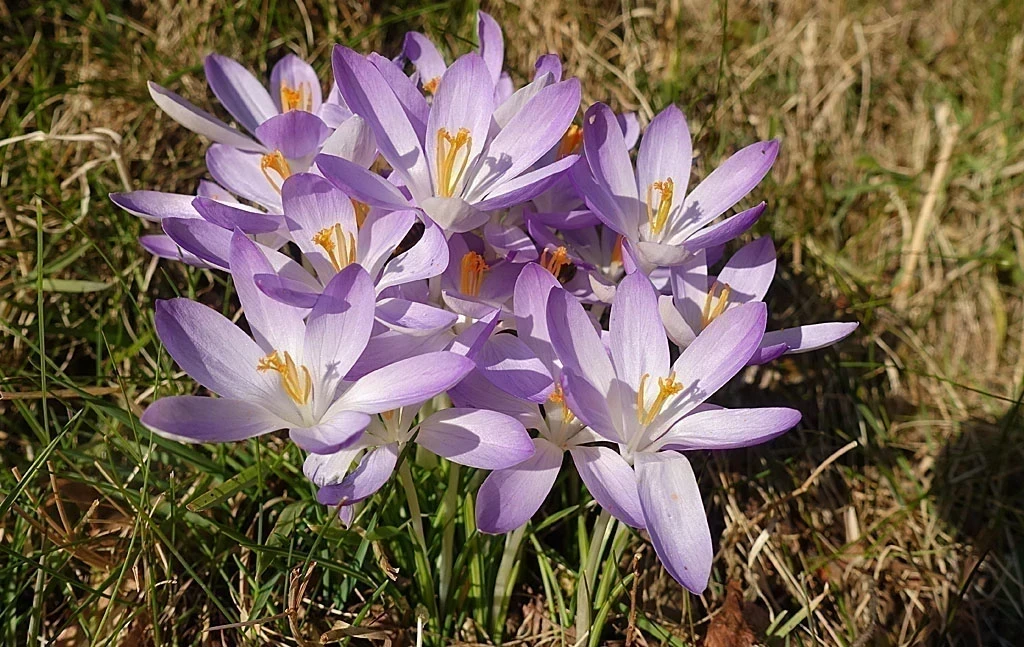
Primula veris
The common cowslip flowers in April and May, and attracts bees, butterflies and beetles.
Flowers: April and May
Attracts: bees, butterflies, beetles
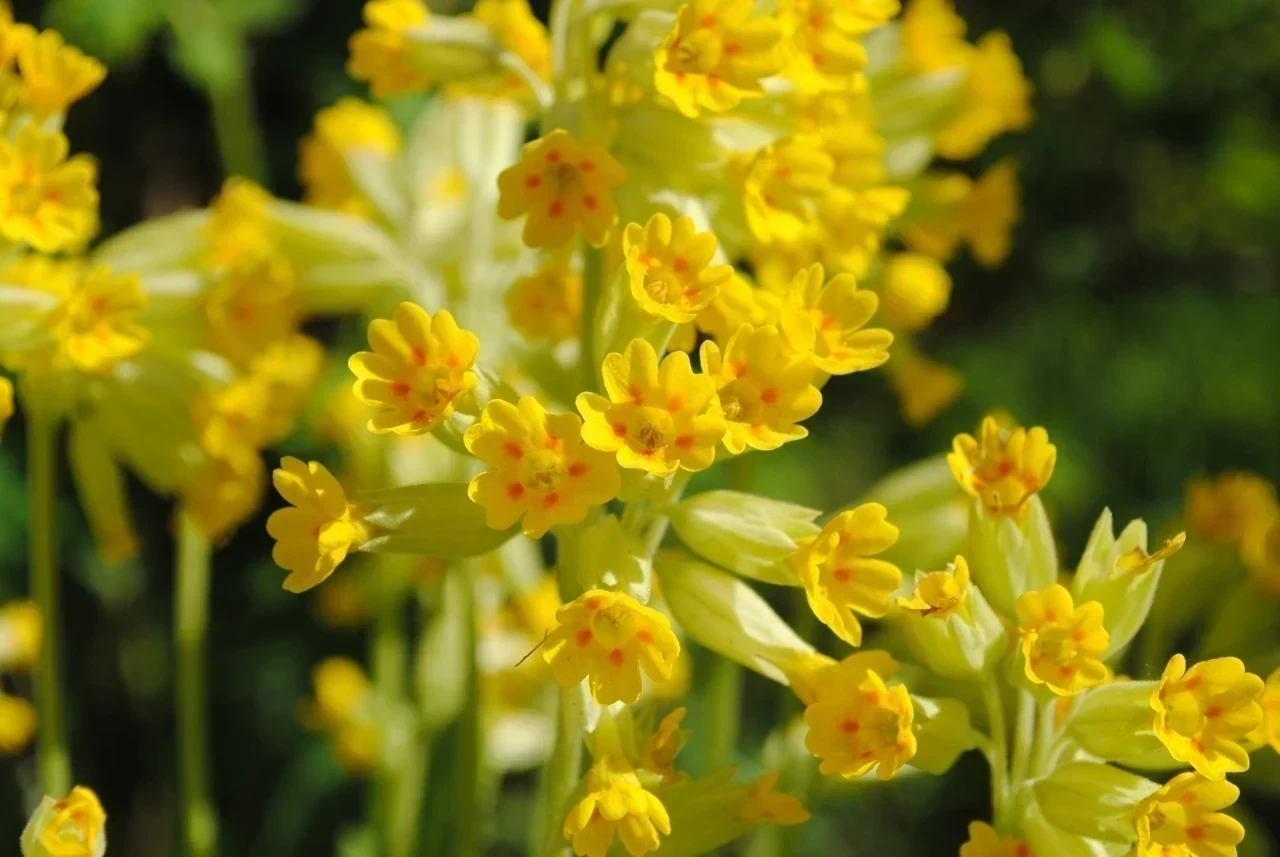
Related Articles
-
 Read
ReadPlants for a purpose - summer 2024
This summer, the Victoria Gate planting beds at Hyde Park feature plants used for food production. Read on to discover more...
-
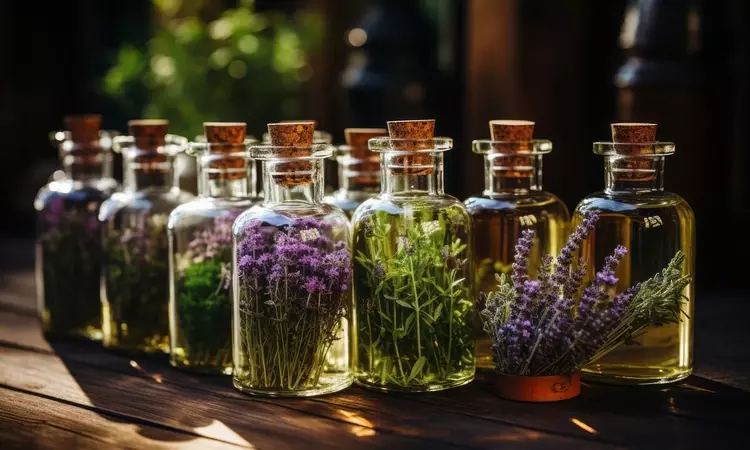 Read
ReadPlants for a purpose - winter 2023
Every season, new planting at Victoria Gate in Hyde Park will reveal a different purpose for plants – from food and fuel to medicine and materials.
-
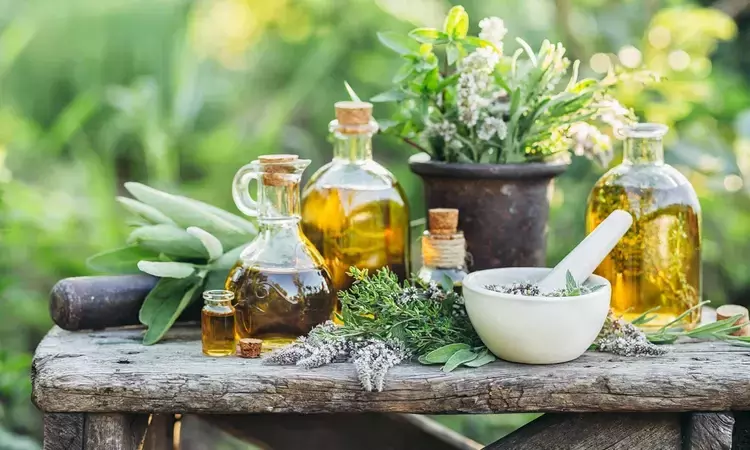 Read
ReadPlants for a purpose
Every season, new planting at Victoria Gate, Hyde Park, will reveal a different purpose for plants - from food and fuel to medicine and materials.